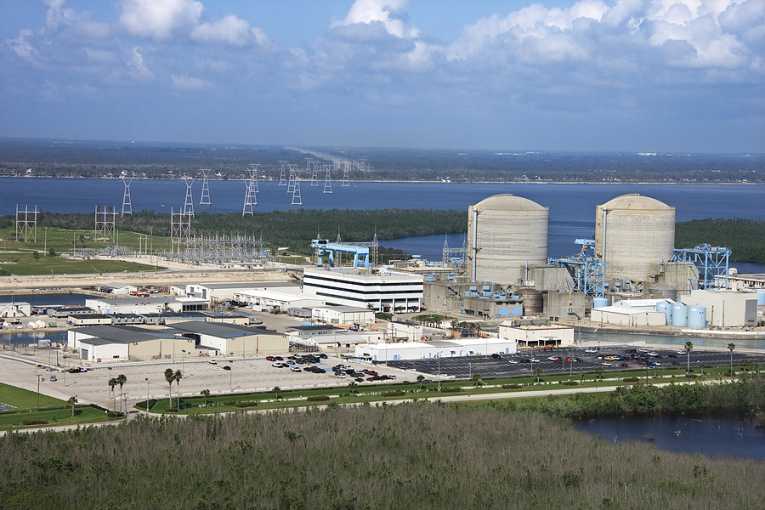On the 11th of March 2011, Japan was struck by an earthquake and ensuing tsunami, which devastated parts of the north eastern coastal region of the country and cost more than 20000 lives.
The Fukushima Dai-ichi nuclear power plant was struck directly by a 14m tsunami wave which easily surmounted the 9m sea wall that was designed to protect the plant from the worst tsunami scenario thought likely when the plant was designed. The plant was also at the epicentre for a number of aftershocks.
Whilst the plant's structure withstood this onslaught of nature well and all of its reactors failed safe, cooling water supply was lost to several reactor buildings resulting in explosions which severely damaged the buildings and released radioactivity into the environment.
The US Nuclear Regulatory Commission (NRC) quickly established a Task Force which was charged with analysing the Fukushima incident and identifying changes and improvements which could be applied to the American nuclear industry.
The Task Force reported to the Commission on 12th of July 2011 and its report made various recommendations. The NRC has endorsed the report and has instructed its staff to produce a series of position papers on adopting these recommendations:
The Commission staff will report back by September 9th 2011 with a paper identifying which of the Task Force's recommendations should be implemented in part or in full without unnecessary delay; this will involve limited public consultation.
By early October, the staff will produce a paper which prioritises the recommendation and identifies the actions required for their implementation. It will also establish a schedule for interacting with the public, other stakeholders and the Advisory Committee on Reactor Safeguards.
Within 18 months, the Commission's staff are tasked with considering the reports first and broadest recommendation that the regulatory approach of NRC should be revised. This calls for a review of the balance between the "defence in depth" concept and the risk analysis approach which underlies current NRC requirements.
In the opinion of the Task Force, such an approach would create a logical, systematic and coherent regulatory framework which is more easily understood by stakeholders and other interested parties. However, it is an ambitious recommendation which would require a paradigm shift within both the NRC and the wider nuclear community.
Top Image Credit: Aerial view of nuclear power plant on Hutchinson Island Florida © iofoto










